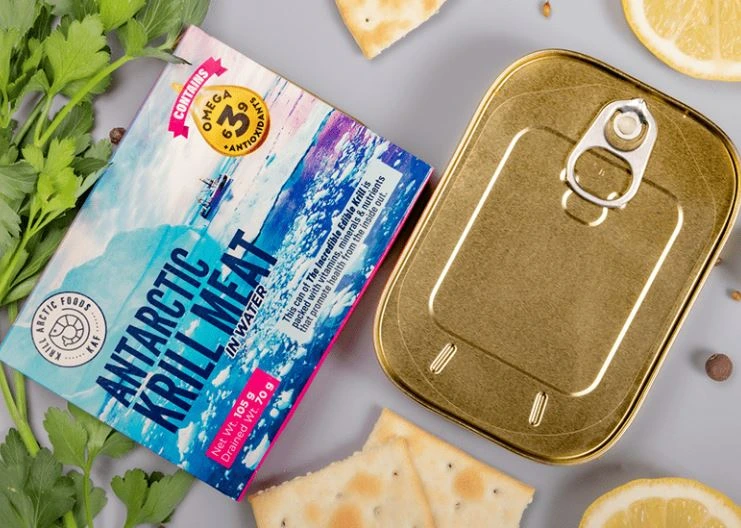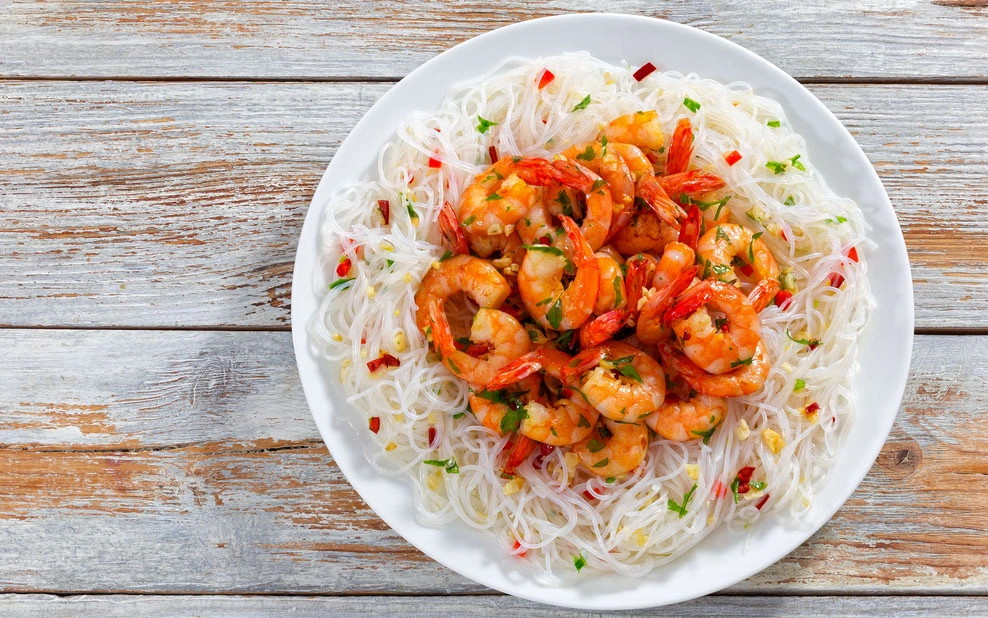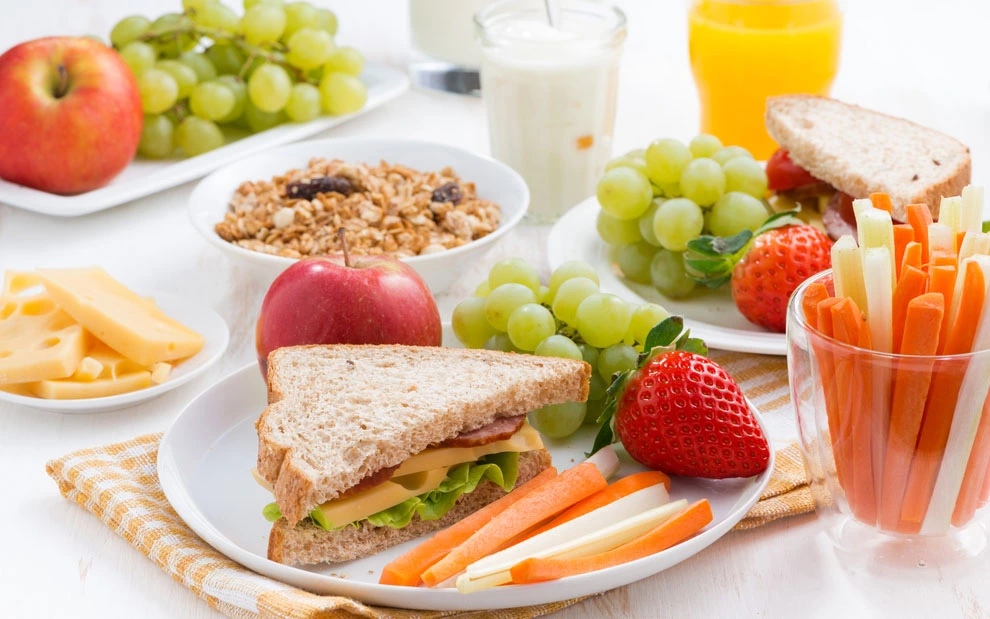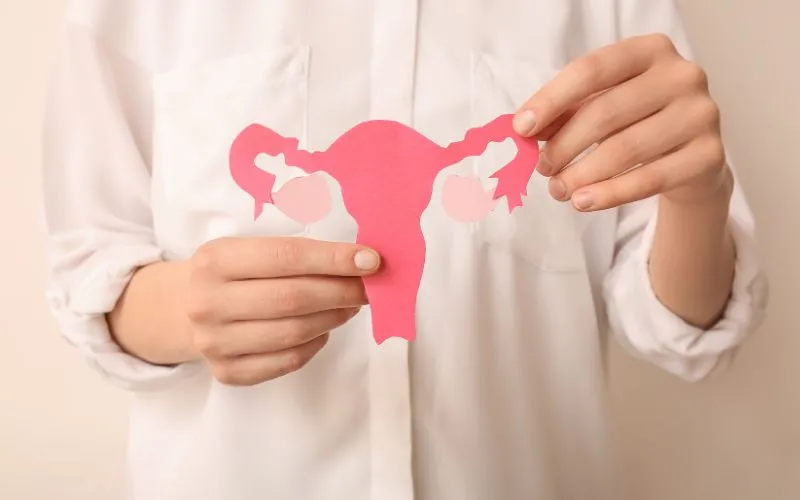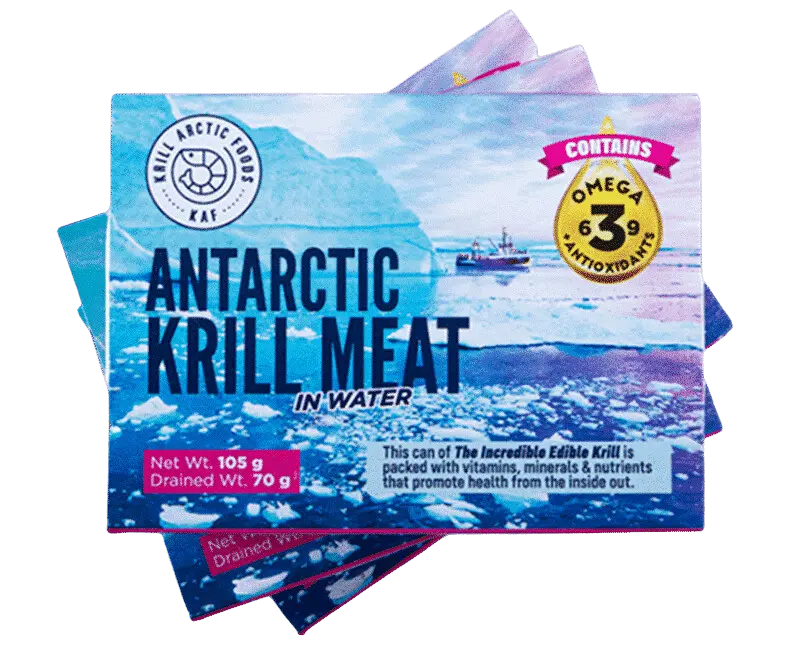- Home /
- 7-Day Diet Plan For High Blood Pressure
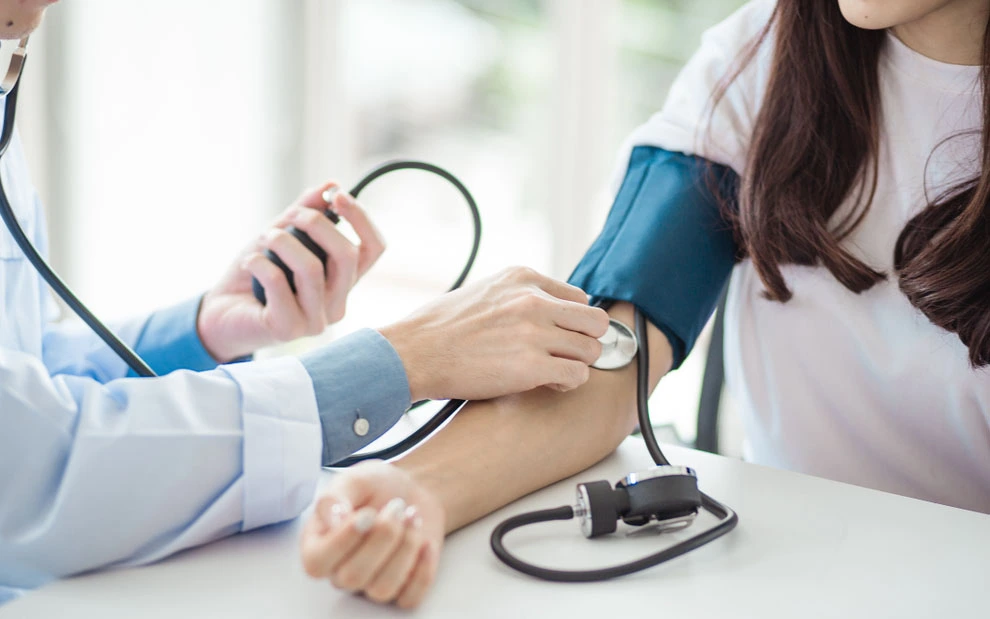
Posted On:March 25th, 2024
7-Day Diet Plan For High Blood Pressure
High blood pressure, also known as hypertension, is a common health issue that affects millions worldwide. It’s often referred to as the “silent killer” because it doesn’t always produce noticeable symptoms but can lead to severe heart health conditions like high cholesterol and stroke. Managing blood pressure is crucial, and diet plays a significant role. A heart-healthy diet can help to maintain BP levels and eliminate the risk of heart disease.
What Is High Blood Pressure?
Blood pressure is the force of blood pushing against the walls of the arteries. High blood pressure, or hypertension, happens when this force is too strong. It can cause heart disease and stroke. BP is measured in two ways: systolic pressure and diastolic pressure. A 130/80 mm Hg or higher reading is considered high blood pressure.
Food To Avoid In High Blood Pressure
- Try to limit or avoid foods like:
- High in sodium
- Added sugars
- Saturated fats include processed foods, fast food, and sugary beverages.
These can negatively affect blood pressure levels and overall heart health.
7-Day Meals For High BP
In this diet plan, I incorporated krill meat, a source rich in omega-3 fatty acids and known for its heart health benefits, powerful antioxidants, and reduced cholesterol signs. Here’s a comprehensive 7-day diet plan designed to help manage high blood pressure.
Day 1: Fresh Start
Breakfast: Oatmeal topped with fresh blueberries and a sprinkle of flaxseed. Oats have high fiber content, which can help lower cholesterol, and berries are packed with antioxidants that promote heart health.
Lunch: Krill salad with mixed greens, vegetables, and a lemon-olive oil dressing. Adding krill provides a unique twist and enhances the salad with omega-3 fatty acids crucial for heart health.
Dinner: Grilled salmon with steamed broccoli and quinoa. Salmon is high in omega-3 fatty acids that benefit heart health.
Snacks: Sliced apples with almond butter and a handful of unsalted almonds.
Day 2: Nutrient-Rich
Breakfast: Greek yogurt with mixed blueberries and a bit of chia seeds. Greek yogurt is a good source of calcium and protein, while chia seeds provide omega-3s.
Lunch: Quinoa salad with black beans, avocado, corn, and a squeeze of lime. This meal is high in fiber and potassium, which are important for maintaining healthy blood pressure levels.
Dinner: Krill stir-fry with a variety of vegetables over brown rice. It simply turns into a krill fried rice dinner date.
Snacks: A banana and a small handful of walnuts.
Day 3: Flavorful and Filling
Breakfast: Whole grain toast with avocado and a poached egg on top provides healthy fats and high-quality protein.
Lunch: Lentil soup served with whole-grain bread and a skewer of krill. Grilling krill and adding it to your lunch offers a delicious, heart-healthy protein source.
Dinner: Baked cod with sweet potatoes and green beans. Cod is a low-fat protein source, and sweet potatoes are rich in potassium.
Snacks: Carrot sticks with hummus and a peach.
Day 4: Plant-Powered
Breakfast: Whole grain toast with avocado and poached egg, served with a side of krill for a unique twist on a classic breakfast.
Lunch: Veggie wrap with whole grain tortilla, hummus, cucumber, tomato, and spinach. This meal is light but satisfying, with plenty of fiber and nutrients.
Dinner: Stir-fry tofu with a variety of vegetables and brown rice. Tofu is a plant-based protein that helps keep blood pressure in check.
Snacks: Sliced cucumbers and cherry tomatoes with a sprinkle of feta cheese.
Day 5: Heart-Healthy Classics
Breakfast: Scrambled eggs with spinach, mushrooms, and krill on the side, served with whole-grain toast. This breakfast offers a good mix of protein, fiber, and nutrients.
Lunch: Turkey and avocado sandwich on whole-grain bread with mixed greens salad. Turkey is a low-fat source of protein, while avocado provides healthy fats.
Dinner: Grilled shrimp with asparagus and a side of barley. Shrimp are lean protein, and asparagus is known for its many beneficial vitamins and minerals for heart health.
Snacks: A small bowl of mixed berries and a handful of pumpkin seeds.
Day 6: Comfort Food with a Twist
Breakfast: Pancakes with whole wheat flour, maple syrup, and fresh strawberries. Whole wheat flour adds fiber to this comforting breakfast.
Lunch: Chicken Caesar salad with homemade krill dressing, whole-grain croutons, and krill mixed in for an unexpected, healthful twist.
Dinner: Beef stew with plenty of vegetables like carrots, peas, and potatoes. Opt for lean cuts of beef and low-sodium broth to keep it heart-healthy.
Snacks: An orange and a handful of unsalted pistachios.
Day 7: Simple and Satisfying
Breakfast: Cottage cheese with pineapple chunks and a sprinkle of cinnamon. Cottage cheese is an excellent source of protein and calcium, while pineapple adds a sweet touch and vitamin C.
Lunch: Grilled vegetable and hummus pita pocket. Choose a variety of vegetables like eggplant, zucchini, and bell peppers for a nutrient-rich meal.
Dinner: Roast chicken with mixed vegetables and a krill-based sauce. The sauce enriches the meal with a hearty dose of omega-3s.
Conclusion
Managing high BP is crucial for maintaining heart health and preventing serious complications. A healthy and balanced diet plays an important role in controlling blood pressure levels, and the outlined 7-day diet plan provides a balanced approach to incorporating heart-healthy foods into your daily meals. Consistent, regular physical activity and blood pressure monitoring are key.
Frequently Asked Questions
How Important Is Portion Control In This Diet Plan?
Portion control is very important, especially if you’re also looking to manage your weight, which can directly impact blood pressure levels. Ensure portion sizes and listen to your body’s hunger and fullness cues.
What Causes High Blood Pressure?
Several factors can cause high blood pressure, including genetics, obesity, lack of physical activity, excessive salt intake, alcohol consumption, stress, aging, and certain underlying conditions such as kidney disease. For many people, there might be no single identifiable cause.
Can High Blood Pressure Be Cured?
High blood pressure is a condition that can be managed by making lifestyle changes, taking medication, or both. People can control their high blood pressure and decrease their risk of heart disease with proper management.
Related Posts
Shop
Products You May Like
Lorem Ipsum is simply dummy text of the printing and typesetting industry
m Ipsum is simply dummy text of the printing and typesetting industry.

